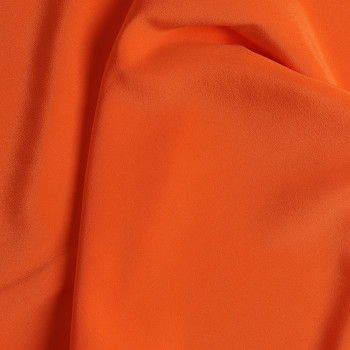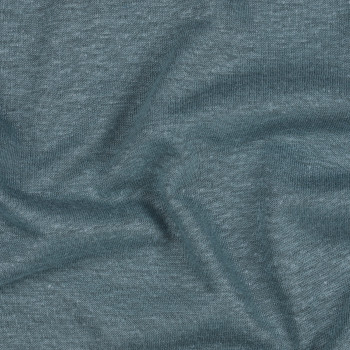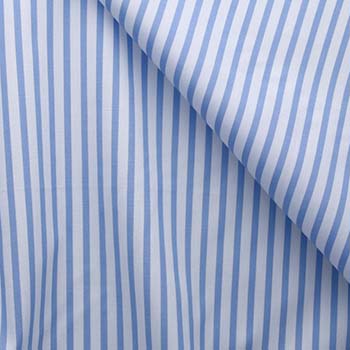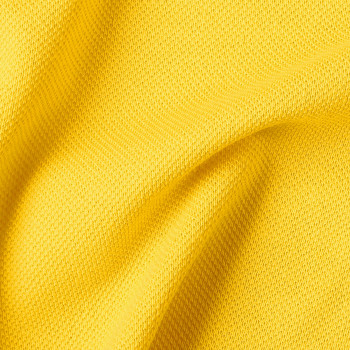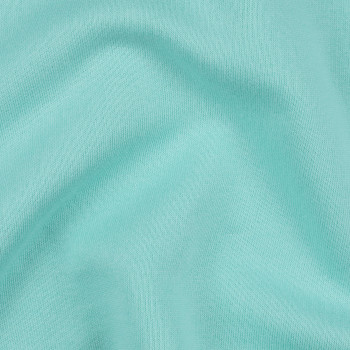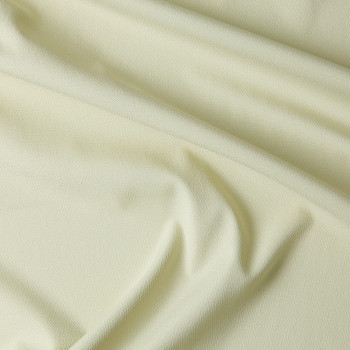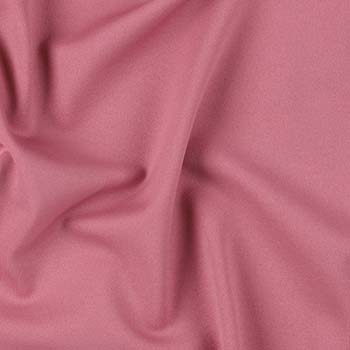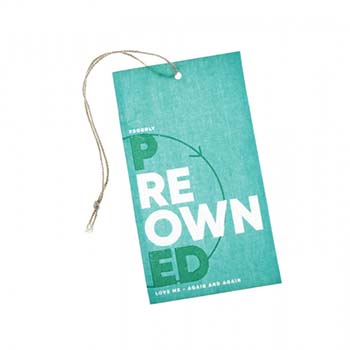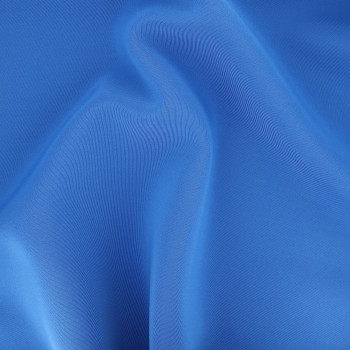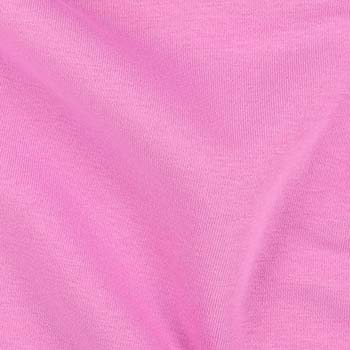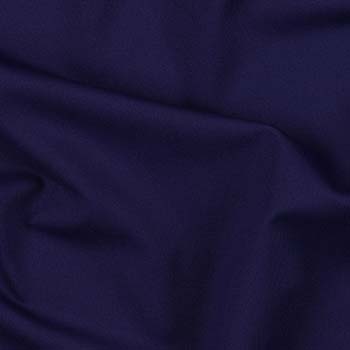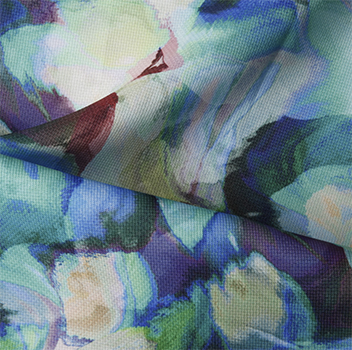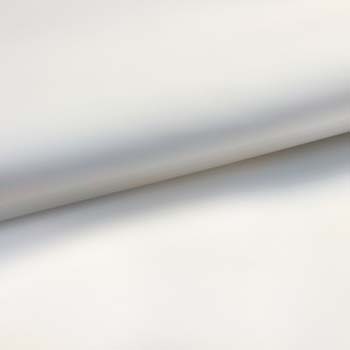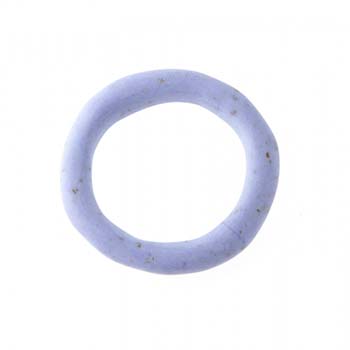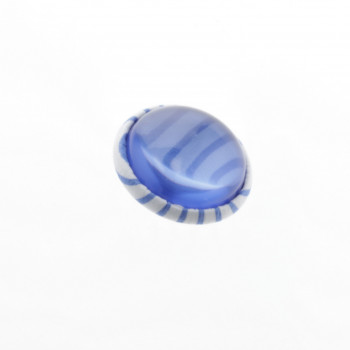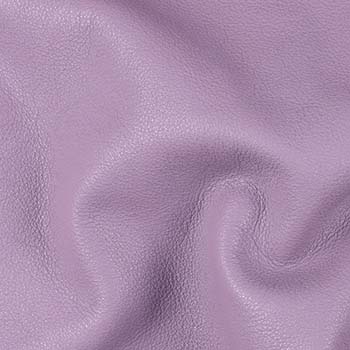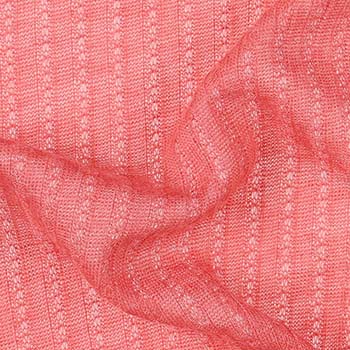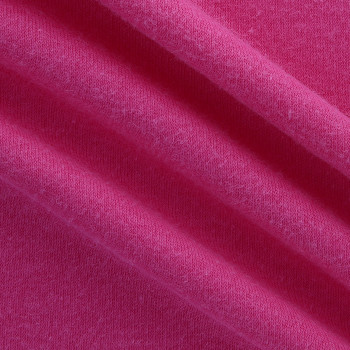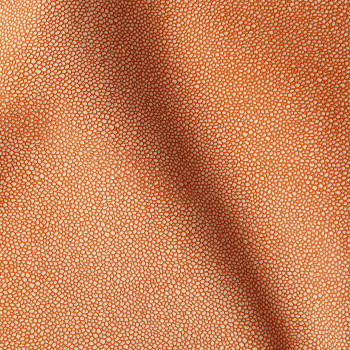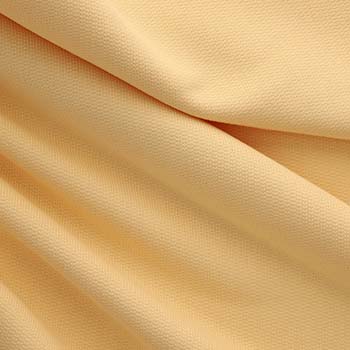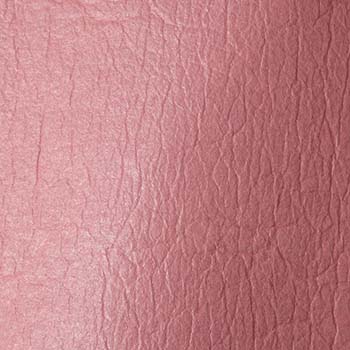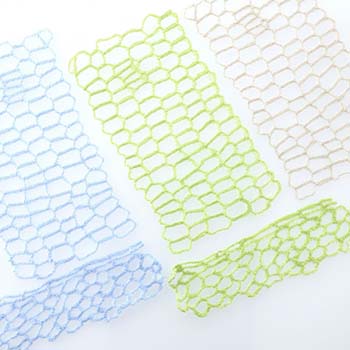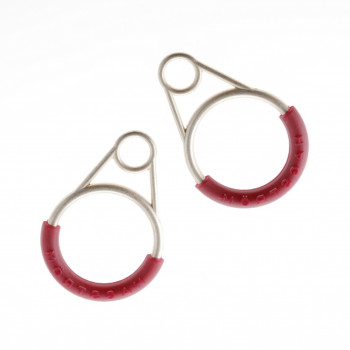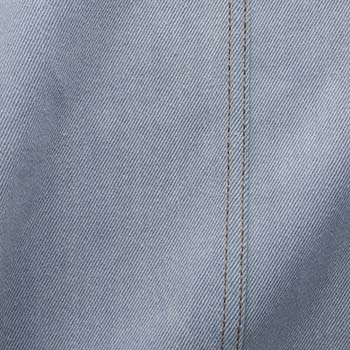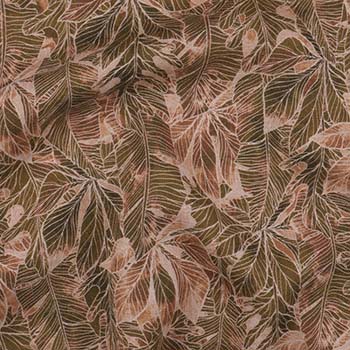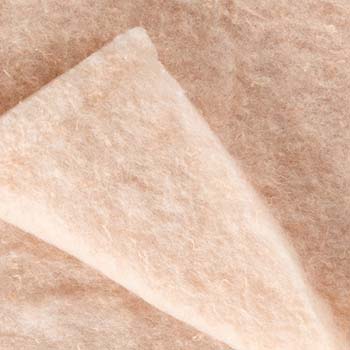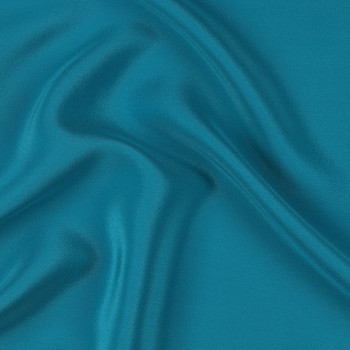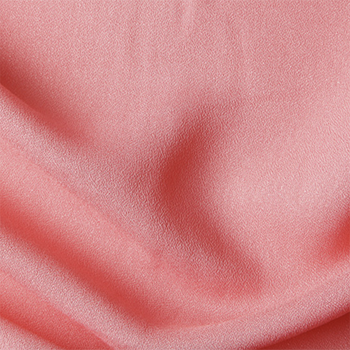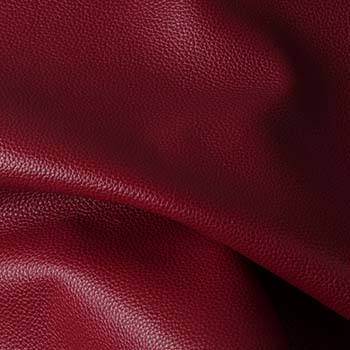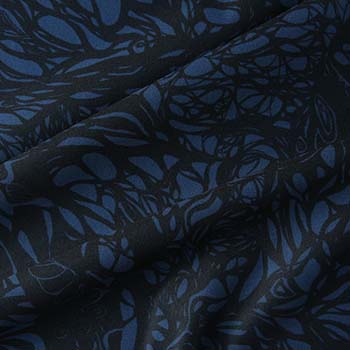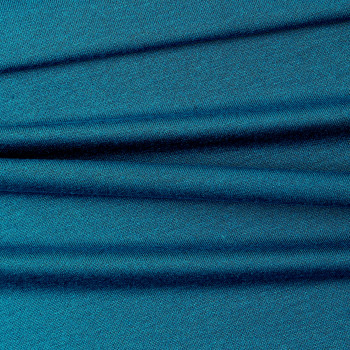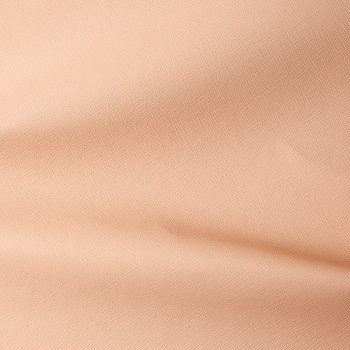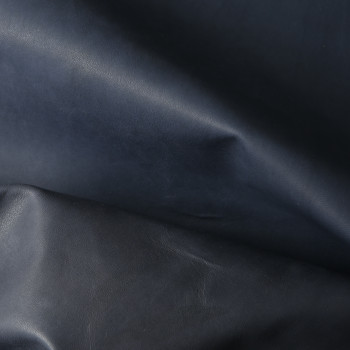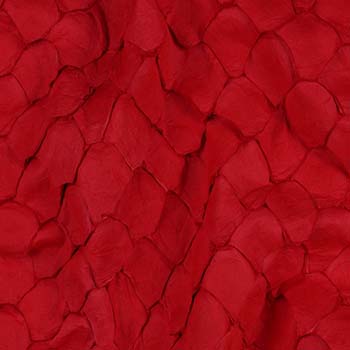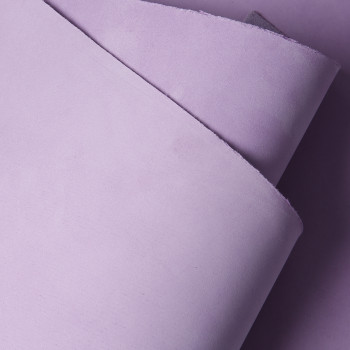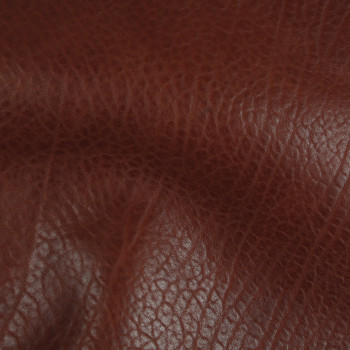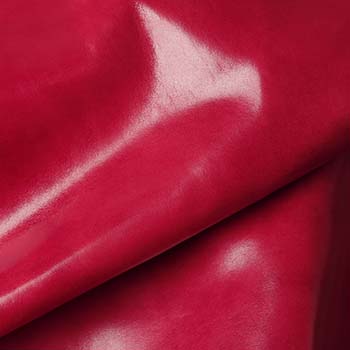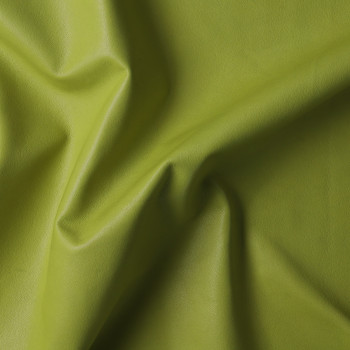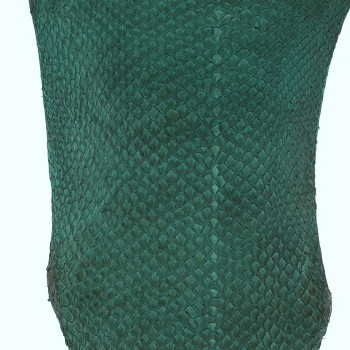Première Vision Performance Codes: Eco-responsibility The - Yarns - Leather - Accessories - Première Vision Paris
As everyone working in the sector is now committed to a more sustainable, more responsible and more ethical fashion industry, innovations in the field of eco-responsibility are continuing to progress and responses are multiplying making the virtuous circle a reality. Labels can now draw on a large range of solutions, meaning that precise and sometimes complex understanding is needed. In this context, Première Vision is ideally positioned as a key player able to provide information on the invisible, eco-responsible qualities of products, via breakdowns, conferences and curated selections. The performance codes developed by Première Vision for eco-responsibility provide simple and didactic information about all sectors, thus enabling environmentally-friendly sourcing that is adapted to your needs and criteria.
Read on to see a selection of fabrics, accessories and leathers using the eco-responsible performance codes developed by Première Vision.
Organic material

Products with a composition of more than 50% organic natural material (cotton, wool, linen and silk, mainly). Organic materials follow the rules governing organic agriculture and are produced without the use of synthetic chemical products.
As a result of the popularity of these materials, we are seeing the emergence on the market of other fibers hitherto little-used for clothing, such as hemp and nettles. They can be used alone or blended with other natural or synthetic fibers.
Recycled material
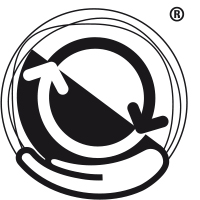
Material consisting of at least 30% recycled material, whether natural or synthetic (mainly cotton, wool, linen, silk, polyester, polyamide). It is becoming more widespread not only in fabrics but also in the production of accessories through the use of recycled plastics, textiles, metals and leather.
It should be noted that so far, natural recycled materials tend to be more fragile than other recycled fibers due to the shortening of the fiber during the recycling process. To resolve this, it is possible to combine natural recycled materials with other materials such as synthetics. Among the many innovative synthetic fibers, mention can be made of Seaqual©, made from plastic marine waste, or the stretch fiber, Roica©.
Bio-sourced polymers
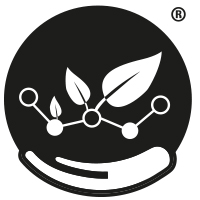
A synthetic material obtained from at least 30% bio-sourced renewable resources (e.g., glucose, castor oil, sugar cane, apple or grape residues) to which various additives are added. Biopolymers can be used as an alternative to polymers derived from non-renewable fossil resources. Produced from biomass, a source of renewable energy depending on organic living material, biopolymers can be used alone or in combination with other materials. Bio-sourced polymers are often biodegradable, such as starch or polylactic acid, but it is not always the case. They have many uses with new innovative propositions constantly emerging. Some biopolymers can replace synthetic leather. There are a number of options. This could be a woven or non-woven base coated in polyurethane partially bio-sourced from apples, or a recycled leather with a bio-sourced polyurethane finish. Or an alternative material made up of 50% leather offcuts, recycled polyester and bio-sourced polyurethane. Bio-sourced polymers can also be used to replace plastic in accessories production.For textiles there are multiple uses, ranging from imitation silk to high-performance synthetic material that currently mainly feature in Sport & Tech. We are also seeing an emergence of bio-sourced or partially bio-sourced finishes such as wind-proof and water-repellent materials free of PFC, or made with a partially bio-sourced polyurethane membrane.
Finishes with a reduced chemical impact

Treatments, dyes, prints and finish that enable a reduction in the use of chemical products and ensure their harmlessness for people and the environment. Finishes with a reduced chemical impact cover a wide spectrum of sectors such as denim, leather and printing techniques. Indeed, in terms of printing techniques, the use of digital printing based on inkjets or laser can be an interesting solution. Denim manufacturers have also made huge efforts and can now offer a number of techniques to reduce the use of chemicals during the finishing stage: treatments using ozone, bio-enzymes and also eco-stones. For leather, mention should be made of mechanical finishes such as embossing, perforation or splitting.
In textiles, mechanical finishes, also known as mechanical adornments, can be used to embellish the appearance or the texture of fabrics. Thanks to heated cylinders, that may or may not be engraved, the fabric can appear smoother, softer and shinier. Similar emerizing gives fabrics a downy texture, carding adds shine and softness while embossing and blistering add texture to the surface of the fabric. In addition to mechanical finishes, let us mention waxed finishes and water-based polyurethane coatings free of volatile organic compounds. In leather, these are finishes created from waxes and vegetable oils.
Waterless
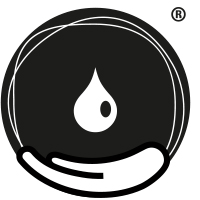
Treatments, dyes, finishes that enable a reduction in or complete elimination of water consumption. The “waterless” property can be applied to one or all of the stages in the lifecycle of a product, from the plant to the finishing. It can refer to the use of fibers requiring little water such as certain bast fibers, particularly linen, but also the system for reusing wastewater during the product manufacturing.
At the end of the chain, waterless finishes refer to certain machines and procedures that reduce water consumption. In denim, we can talk about laser or ozone finishes which replace water with air.
Traceability

Identification of the history of the material along its entire production chain, from the source through to the transformation to the finished product. This property makes it possible to communicate transparently about certified information regarding a product. Traceability is proving to be of great importance, not only from an ethical and animal welfare perspective but also considering impact of the final product. It has multiple applications ranging from the use of natural materials or animal materials such as leather, fur or wool. In leather, there are now traceable skins from a number of origins, including France, Germany, the Netherlands and Belgium, as well as from Japan with vegetable-tanned deer hides. In textiles, linen from Europe is a good example.
Biodegradable or compostable

This is a material that is biodegradable or compostable at the end of its life under specific environments and conditions. It can refer to natural materials, as certain fibers such as cotton, wool and silk naturally boast these properties along with other cellulosics such as Lyocell. It can also concern synthetic fibers such as polyester which generally takes hundreds of years to break down in nature. These fibers undergo a specific process to achieve this property. We should also note that a skin is by definition biodegradable but a leather rendered rot-proof by various treatments is not necessarily so. To obtain a biodegradable certification, the end-of-life characteristics must be verified, via Cradle-to-Cradle certification, for example.
Metal-free

Specific to leather, this is a tanning and/or finishing process that does not use heavy metals, instead employing synthetic agents, the formulation of which is specific to each tannery. It is recognized for its multi-purpose properties, adding strength and softness to the leather. It also has the advantage of enabling bright, luminous colors to be obtained, which is not possible using plant-based tannins.
Vegetable tanning
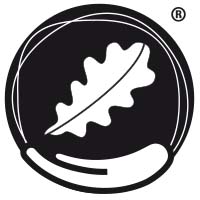
This is tanning done entirely using vegetable tannins. It is the ultimate in eco-responsible tanning. It gives the leather specific mechanical and chemical properties but limits the choice of possible colors and is notably more UV sensitive. Tanners are working tirelessly on innovations to overcome this problem, with some already promising results.
Find our other articles on the Performance Codes for Leather and Sport & Tech fabrics developed by Première Vision.

